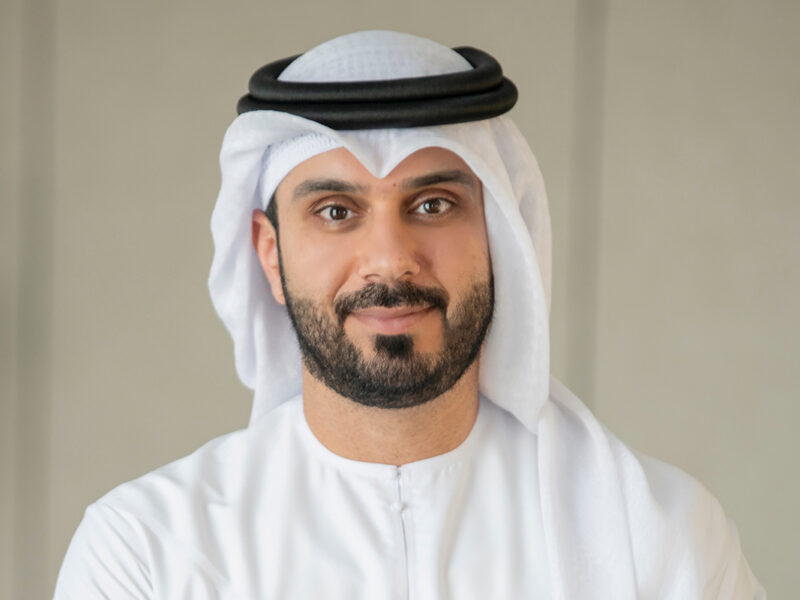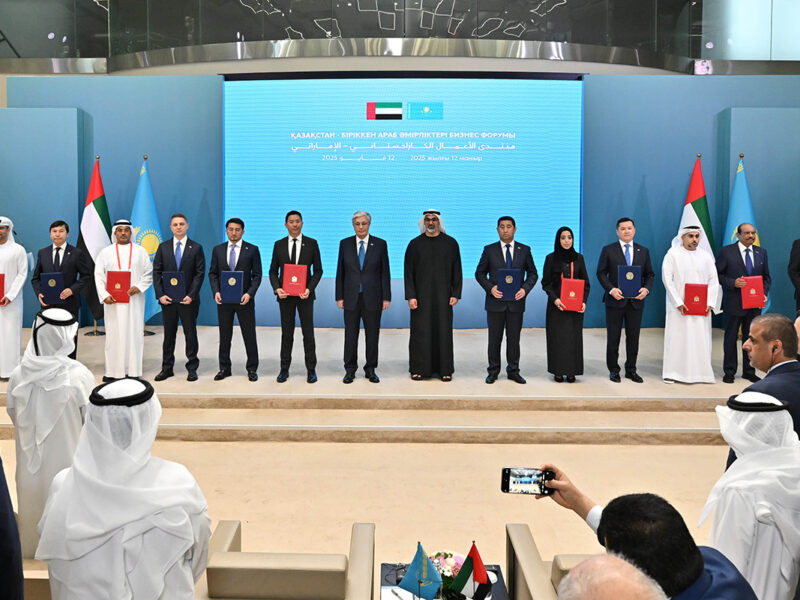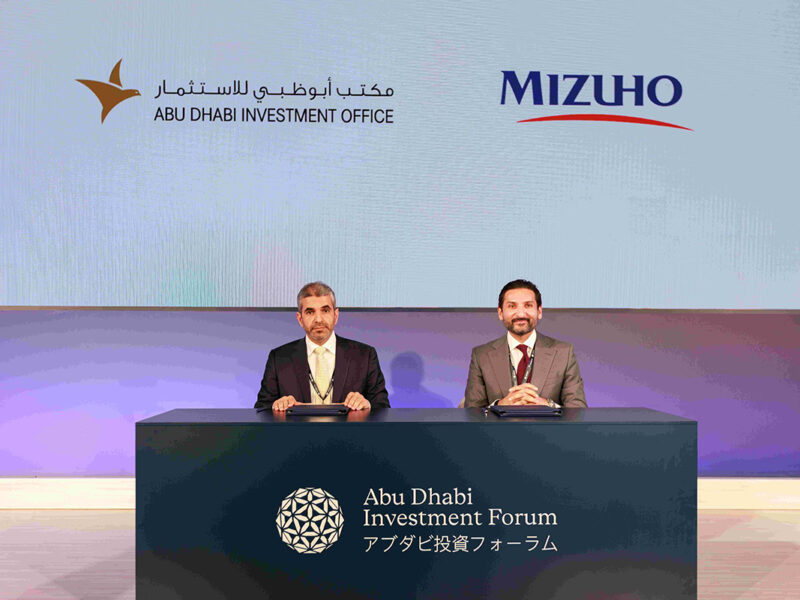It’s not often you get a dozen or so Middle East retailers sitting round the same table to debate the level of support they receive from vendors. And it’s even more unlikely that you’d find a couple of vendors joining in the conversation.
That’s precisely what happened when Channel Middle East hosted an exclusive workshop at this year’s Digital Consumer Channel (DCC) event in Fujairah.
While vendors and retailers ultimately want the same results when it comes to success in the consumer channel, there are still many hotly-contested issues on both parties’ agenda.
It comes back to the same issue. The smaller vendors don’t have the funds, they don’t want to spend in your shop. You have overheads as a retailer so you skip them and go to the big ones.
What follows is an excerpt of the lively and often heated discussion that took place in the DCC workshop. What is your assessment of how well vendors engage with you as a retail company or with retailers in general?
Mahesh Chotrani: I really don’t think most vendors are truly engaged in developing the retailer. They are more focused on volume than a good value proposition. Microsoft is doing a lot to establish connection, but there is no brand addition from key vendors like the HPs, Toshibas and Acers, for example.
It’s more volume- oriented and there is an expectation from them that is solely volume-focused. The expectation is more than the requirement. The effort is on pushing inventory and the focus on pricing.
Hosein Shiva: Vendors are very helpful to us right now. They’re providing the material we need as well as extra material in terms of software and what not. Vendors that we have been working with in Iran have been very helpful with us.
That’s on the plus side. But we find it very challenging because the level of awareness from the market is not there and it takes more on our part to create awareness. Pat, you work for vendor Pinnacle. How do you find working with retailers around the Middle East?
Pat Byrne: I think power retailers have big advantages in terms of budget, resources and space and they are not fully utilising this. For instance, if as a vendor you want to do something in-store to educate the end-user, the power retailer will ask you to contribute significantly to do that, which I think is a very short-sighted attitude on their part.
They should be trying to encourage manufacturers to regularly come and demonstrate their products.All retailers are different of course, but with the resources they have they could do more to make it easier for the end-user to find the products they want or to learn about what they do.
What do retailers think about the level of value add already in place?
Emad Jaddo: We need higher margins. It is the only thing that can make or break us. And value add is an advantage. Is value add not a way to gain more margins?
EJ: It is one of the ways, yes. But it is only a small percentage.
Ali Khan: Vendors are expecting a value add to come free of cost.
Motaz Khalil: We are a multi-branded store. We need the support from vendors because you cannot focus on all of the products in their range. To have a brand to stand up against another one you need the vendor’s support, you can’t do this by yourself.
AK: Vendors have lost focus on training the people now. The more basic trainings have been missing.
PB: From the vendor’s point of view it’s a high cost problem. We know we must train, but it’s almost like a black hole to do so.
So how much responsibility lies with the manufacturer of the product and how much with the retailer?
AK: 90% of the responsibility is on the vendor because they have less people to protect.
EJ: The way I see it, there are two types of training. There is the sales and the technical training. And then there is the general attitude customer sales-side of the training, which the vendor cannot provide.
HS: I don’t see a clear connection in Iran right now between vendors and retailers. I think the distributors have the power and the position to fill that gap.
PB: One of the problems is that a lot of vendors are foreign so the whole logistics of their representatives coming to the Middle East is an issue.They come to the UAE and they go to Saudi so taking the time to then travel to other GCC countries is often unlikely.
AK: I’m sorry, but when you talk about the Middle East you want to focus on the UAE.
When you talk about the Middle East you have to consider Bahrain as a country and a retail market in its own right. It is not like the UAE.
EJ: It is all about the money.
PB: I did visit Bahrain last year. The reality is that you have to have a good distribution or sub-distribution network and you have to empower them with resources – personnel or otherwise – and attention to be able to do exactly what you said.
AK: Currently the work isn’t happening and we don’t feel updated on the Bahrain market. We have Carrefour and other power retailers coming here so we hope that this will start to make vendors think more about the market. Is this an issue for anybody else operating in a market outside of the UAE? Do you feel you are getting the attention you deserve in your specific territory or could vendors be doing more to help you?
Gamil Alansi: The market in Yemen is not good because the vendors don’t care or support us when it comes to warranty for price and marketing.
AK: The best example is HP. When you look at HP overall they never ignore any market. They’re in touch with all of the power retailers and the distribution channel. They don’t have a local distribution model, but they are very close with each in-country retailer.
They make sure they have the people here to make the power retailer and the sub-distributor confident in what they are doing and that’s the reason they are the market leader in Bahrain.
PB: Of course, HP has the advantage of bigger resources that enables them to do more things that maybe other vendors can’t do.
Fahim Rafiq: I also feel that there has to be a level of confidence coming from the power retailers towards the vendors. Once we make that investment we don’t really get back that level of support. So I think it has to be mutual, where we work together.
Is that level of co-operation there in the Middle East channel at the moment?
PB: To a certain extent, yes. One question for the retailers about specialisation of staff: Given the huge range of products, more than one person in the store can handle, and given that you have to move staff around to fill gaps, what level of specialisation is there between staff in terms of product knowledge and so on?
AK: This is where the merchandiser comes in from the vendors.
EJ: The most difficult part is that the customer demands a personal sales treatment from each salesman. We found it very difficult to actually push the customer from one salesman to the other.This means you need your salesman to work with the same customer and go through all the sections in your showroom.
Yes, there will be a specialisation, but he won’t be the master of everything.
AK: What I want to know is why doesn’t the vendor and the power retailer have a funded person to share his expenses to make sure that he is promoting that specific product?
PB: It doesn’t solve the problem because it is about range and not specific brand. You couldn’t ask a vendor to help pay for an employee that is going to have to advise about the whole range of products.
EJ: That’s why there is the solution of having the promoters, but not all the vendors have the funding to do that, which we understand. It is too complicated in reality when you go to the floor level. The salesman knows that the customer is going to buy so they are not going to give that to another salesman. No way.
PB: So your staffs are not working as a team.
EJ: They are looking at their personal interests.
FR: In the Saudi market the product is either driven by price or brand name. So vendors trying to establish a brand need to have support from key retailers. I think it’s important that, since they charge for the space and everything is paid for, they should have a specific focus on that particular vendor, which doesn’t happen.
EJ: It is very complicated. It has been this way for so long and there is no way out.
Mahesh Chotrani: The Middle East can grow at 30%, but vendors expect you to grow at 50% or 60%. When you start dumping volumes retailers are already under pressure to offer a price that is lower than expected.
So where are you getting the funding? You are putting extra profit into the product for things like marketing, merchandising and live demos. The retailer is under pressure on volumes and they are moving that pressure onto the consumer.
There is no funding for marketing, for merchandising or for specialisation.
MC: When vendors push so much volume our only option to clear this amount is to cut price.They drive us to double our sales. The only way I can double my sales is to price cut and clear these sales or eat up these margins.
MK: If I could have doubled my sales I would have done it before, right? What value is there in developing smaller brands in the Middle East?
EJ: Small brands don’t make the volume unless they have something different.
EJ: It comes back to the same issue. They don’t have the funds, they don’t want to spend in your shop. You have overheads as a retailer so you skip the small guys and go directly to the big ones. You have major ranges from them and the space is divided equally between the big ones.
PB: The smaller vendor offers the bigger margins though.
MC: The problem now is space – every square metre counts.
MC: The other thing today is the manpower. The resources and the manpower is very limited. I would take 10 minutes to sell an HP laptop and 30 minutes to sell a Lenovo laptop.
MK: I can sell you a space in the store, but unfortunately the product might not be moving.
EJ: The major volumes happening today are on laptops. If the vendor could put in place a strategy to have a specific margin across the board from distributor to wholesaler to retailer and enforce that by advertising prices it would solve a lot of problems.
Some vendors are doing that today and it is proving successful. But if they don’t start the chain we won’t be the ones to and the distributor is definitely not going to because they are under pressure. How important is vendor exclusivity in Middle East retail today?
EJ: It harms more than it helps.
MC: To have an exclusive promotion is good for business, but only as a promotion.The vendor has to make sure that whenever the end-user invests money to purchase products they have to be happy.
PB: How do you see ways of differentiating yourselves from other power retailers?
EJ: The problem is that we copy each other.
MK: That is the way the market works. If a competitor does something nice then I will try to copy it and vice versa.
PB: Your efficiency is actually killing you a bit, isn’t it?
EJ: Yes. If you go down you can’t go up any more. If you drop your price for a promotion, even if you have a small stock or have finished your stock, the market has followed the price and you have set a new point for the price.
FR: I have one more point for the power retailers. As a vendor, MGE manufactures surge protectors. How could we utilise these to up-sell on other items because these things fit into every product you sell?
EJ: Forcing customers to take something that they do not need does not work any more.
MC: The only way that you can do it with these products is to offer incentives to your sales team – that’s the only way they can put time into it. Special incentives have always worked in this category.
PB: What about the demo space? We would love to demo our products if there was the space in store to do it.
MK: With some vendors, there is. You can’t have a store full of demos. You have to pick some products to demo and again this goes back to the support that you get from the vendors.
PB: If a vendor is willing to give you that support, are you willing to devote space in that store to do that?
MC: It is the chicken and the egg!
PB: What do we have to do to get you to devote this real estate you have to sell the product?
MK: Again, it depends. Maybe the vendor is ready, but for me it could be that this area is not working.
Mahesh Chotrani, purchase manager, Jacky’s Electronics (MC) Gamil Alansi, executive manager, Beta Link Technology (GA) Hosein Shiva, managing director, Al Motabar General Trading (HS) Sami Zakaria, group sales manager, Pluto Derinton Games (SZ) Ali Mohammad Akbar Khan, general manager, Mars IT Distribution (AK) Motaz Khalil, merchandiser manager, i2 (MK) Emad Jaddo, UAE country retail manager, i2 (EJ)
Vendors
Fahim Rafiq, ICT channel managerKSA, MGE (FR) Pat Byrne, MEA channel development manager, Pinnacle (PB)
It is not going to move boxes.
MC: Nobody comes out of their house and wants to buy a laptop. They are passing by the shop and see a beautiful Sony Viao notebook and they pick it up.
So why would you have a surge protector or any product like that next to a notebook? I would prefer more notebooks or mobiles or a camera.
FR: But I am asking you, why stop at that?
MC: The salesman has targets so he wants to sell notebooks; he wants to sell more cameras.
PB: What we are understanding here is that the salesman is key. If you decide to make the big purchase – the camcorder, the notebook – and the salesman is good they will up-sell surely.
They’ll say to the customer that they need batteries for the camera.
MC: Yes. We are giving double incentives for selling add-on accessories but it’s not happening. It is not that we are not trying, it is just not happening. The market is still primitive.
The customer will buy a notebook and not think about what he needs with it.
MK: If the customer comes into the shop with US$1,400 to spend, will you sell him a laptop for US$1,000 and US$400 worth of accessories? Or do you sell them the laptop that they want for US$1,400?
EJ: It all comes back to the vendors. They are pushing the pressure down – from up and then down. It is always like that from the top down.
When you release the pressure from the top, it will be felt across the channel.
Despite vendors chastising IT retailers for undercutting each other in the vicious war over price points, not all retail companies see the benefits of slashing prices in an effort to meet their volume target. There are some with a more positive outlook and even those who maintain that prices in some product categories are rising.
“My average selling price over the last two years has gone up by 13% when you look at it from the notebook portfolio perspective,” revealed Mahesh Chotrani, purchase manager at Jacky’s Electronics.
“The consumer is ready to pay because if they can afford AED3,000 (US$820), why not go for a sale of AED3,799 (US$1,035) and invest that extra cash in giving a quality service for the customer?” he questioned.
Retailers vociferous in objection to this assertion point out that it is all very well going for an extra few hundred dollars a sale, but the competition will soon be doing the same thing and inevitably it will lead to everyone’s prices going back down.
There is however, resounding agreement from retailers that if change is to happen, it has to come from the vendor level.
“The vendors should move. They are at the top of the pyramid. If they don’t make the right move then they cannot live at the end of the day,” said Emad Jaddo, UAE country retail manager at i2.







